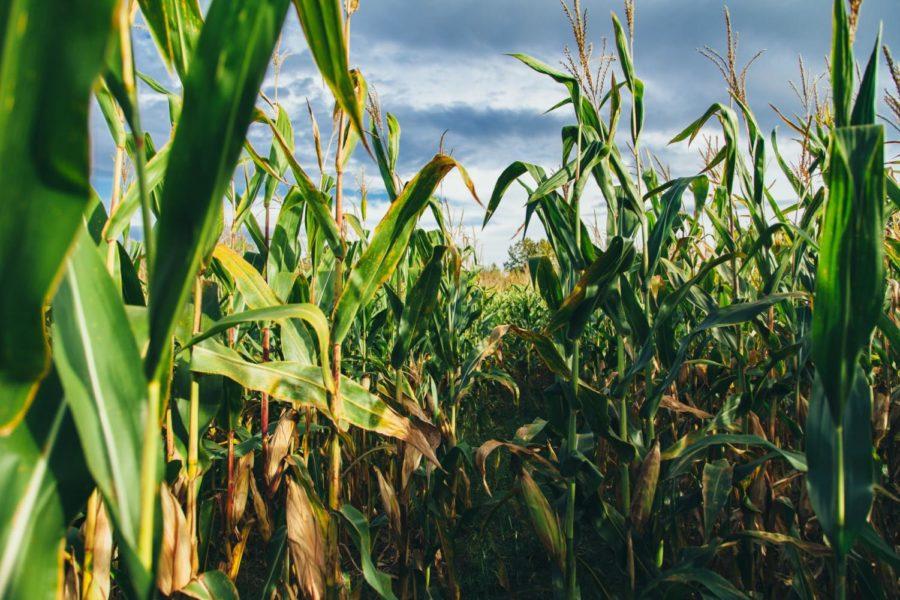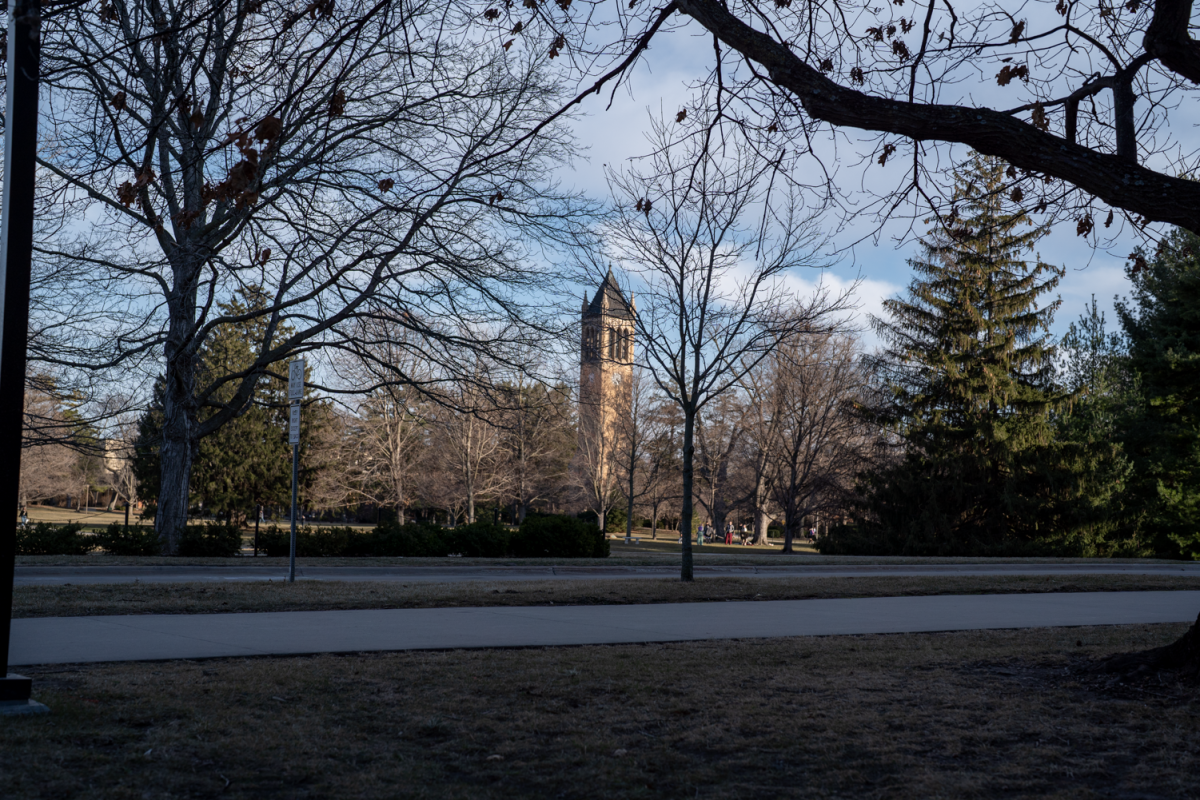How do we solve the problem of agricultural pollution in Iowa? One solution would be to treat it the same as other forms of pollution and regulate it.
First, we need to tax the polluters instead of taxing the society that pollution harms. I suggest placing a tax on the nitrogen content in mineral fertilizers and a tax on animal units. Sellers of fertilizer in the state of Iowa currently pay a “clean water” fee of about 90 cents per ton of nitrogen sold. I suggest raising this to a minimum of $200 (and units changed to metric tons).
Depending on the time and environment, nitrogen from fertilizers can take several forms after the fertilizer is applied to fields. The percentage of nitrous oxide, a greenhouse gas that is 275 times more potent at trapping heat than carbon dioxide over a 100-year period, created from fertilizer can range from 1% to 5% according to a review of past experiments. I will use a value of 1.5% of the nitrogen in fertilizer, by weight, becoming nitrous oxide for my following calculations.
Using the value of 1.5% translates to a metric ton of nitrogen in fertilizer producing a greenhouse effect similar to four metric tons of carbon dioxide. The federal government uses a price of $50 per metric ton of carbon dioxide equivalent for their cost-benefit analyses. This is how I reached the suggestion for a minimum of $200 per metric ton. The tax should be higher for the water quality issues fertilizers bring.
Animal units are a standard used in Iowa for several things. The one relevant to this article is confined operations with 500 animal units or more need a manure management plan filed with the state. One animal unit is equal to one market steer, 2.5 hogs, and a variety of other combinations of animals. Farmers tend to apply the manure from confinements to nearby fields. They’re legally allowed to place more manure on a field than Iowa State research suggests is optimal.
This leads to more nutrient pollution making its way into waterways. In addition, farmers may apply mineral fertilizers to the same fields they already applied manure. Livestock and their manure are also responsible for about 15% of greenhouse gas emissions in the state of Iowa, almost mirroring the amount of greenhouse gas emissions from crop agriculture.
For this reason, I tried to balance the amount of revenue from an animal unit tax with the revenue from the suggested nitrogen tax and reached a tax of $10-$15 per animal unit. These are rough suggestions for a market solution to nutrient pollution, but we need to start somewhere.
Exact statistics were hard to find for some things, so consider the following a “scenario” like the Nutrient Reduction Strategy (NRS) uses. Using 800,000 metric tons of nitrogen sold annually at a tax of $275 per ton and 15.7 million animal units kept annually at a tax of $15 per animal unit, the state of Iowa could raise over $450 million in revenue at current fertilizer and livestock levels.
With the introduction of a tax, numbers of fertilizer sales and livestock would likely lower to a different market equilibrium, but that estimate is beyond my economics research skills. Iowa State reports about $100 million in state revenue is used for water quality in Iowa annually. The NRS reports that it would cost $77 million to $1.2 billion a year to meet nonpoint-source pollution’s reduction goals in Iowa. The extra funds from taxing the polluters instead of those harmed by pollution could give the state many times more money than they currently use to fight nutrient pollution.
I prefer this “market” approach more than a “control” approach, such as a hard limit on the amount of nitrogen that can be applied or a maximum number of animals that can be kept in a county. A tax helps impose the social cost of pollution onto the farmer so they can more accurately decide the optimal level of fertilizer use or livestock for society. Instead of a government determining how much pollution is too much to produce agricultural products, the market would decide instead.
The market approach keeps the money in the agricultural industry as well. It redistributes money spent on poor management practices and directs it to fund more sustainable and efficient practices through the cost-share approach the NRS suggests. By continuing to not implement taxes or regulations, we are rewarding those who pollute the most and punishing those who care about the health of their neighbors.
There may be some “control” laws that could be passed to help accelerate the reduction of pollution in Iowa. Requiring buffers between streams and fields, like Minnesota has done, could help reduce nutrient pollution. Changing manure management plans to follow what Iowa State recommends would reduce pollution as well. As would making farming illegal in two-year floodplains. There are many other laws that could be passed, but they all start with the narrative shift that polluters should pay for their pollution instead of society bearing all costs.
What can you as a student or individual do? Something, anything, please. The state threatens scientists who speak out about the ineffectiveness of the NRS. I encourage students of these scientists to read their articles and tell the public what they’ve found. I ask professors to have courage and tell the public that science does not support the narrative that the NRS is working, or that Iowa’s waters are getting better. The public pays for your position, so please do not let the legislators stop you from informing us. I implore every Iowan to contact your legislators and tell them you deserve better water. Tell your legislators that voluntary practices have not worked the past 10 years and they will continue to not be effective at statewide pollution reduction.
As with all environmental action, a savior won’t arise out of the masses. Our savior will be a mass of individuals deciding enough is enough. Individuals like you can be part of something much bigger than any one of us alone.














John R. Klaus | Oct 23, 2023 at 12:47 pm
Dale, it seems to me that the ” small farms that raise livestock” are now an evocative myth used as camouflage by financial interests. Those farms disappeared in the “farm crisis” . Agriculture is now a capital intensive, high tech, industrial enterprise. The historian Stephen Conn has written that: “To call !,500 acres of corn , genetically modified to withstand harsh chemical pesticides and intended for a high-fructose corn syrup factory, a ‘farm’ is a bit like calling a highly automated GM factory a ‘workshop’.
Dale | Oct 23, 2023 at 9:28 am
Your plan would put all small farmers that raise livestock out of business.
Pete | Oct 25, 2023 at 9:35 am
Have a threshold of a specific number of animal units and acreage where the tax is applied above the said amount, or a graduated scale of the dollars per animal unit and acreage.
Matt | Dec 10, 2023 at 4:25 pm
Maybe meat shouldn’t be so cheap!? It should be a luxury, like everywhere else in the world. We’re all over fed, overweight and sick. We need pills to get it up because cholesterol has clogged our veins too much to pump blood where and when we need it. The farmers pack those poor animals in and are fighting prop 12 over whether they get 17 inches or 24 inches just to stand their entire lives in one place. If we actually gave animals space to turn around or move forward and back in the cage, there would be less animal manure .. or there would be the number of animals per regulation and more manageable manure. We would save money on healthcare and so many other things that paying more for better quality meat, from an animal not in total agony every second of their life, wouldn’t be a big deal. Triple bonus.